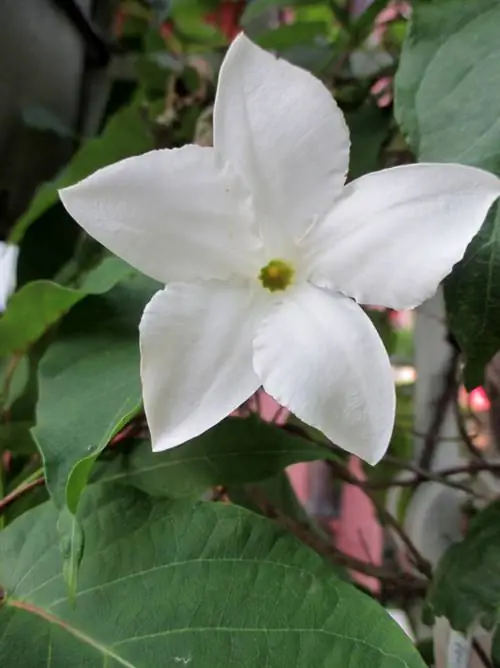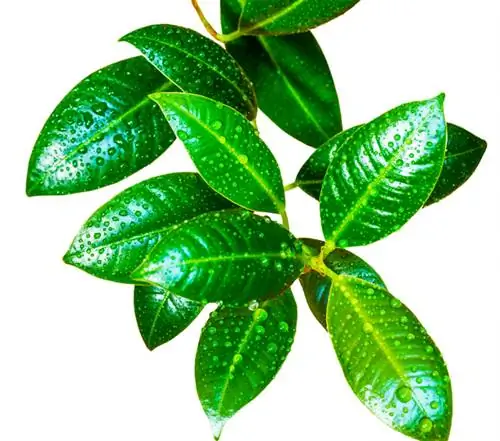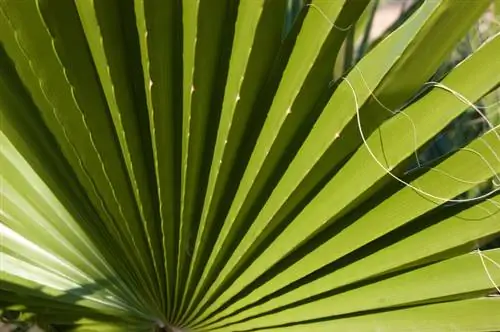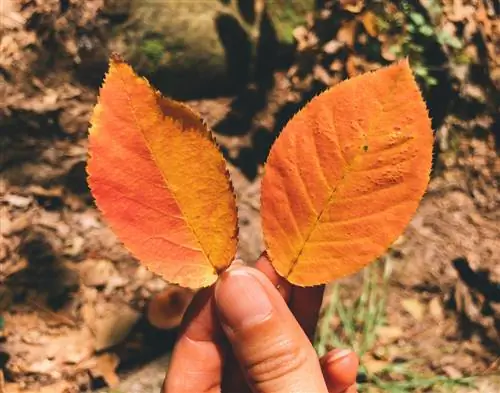- Author admin [email protected].
- Public 2023-12-16 16:46.
- Last modified 2025-01-23 11:20.
The term “jasmine” is used by hobby gardeners for a variety of species. However, most do not belong to the Jasmine family. Many so-called jasmine plants are pipe bushes, which differ from real jasmine primarily in their winter hardiness.
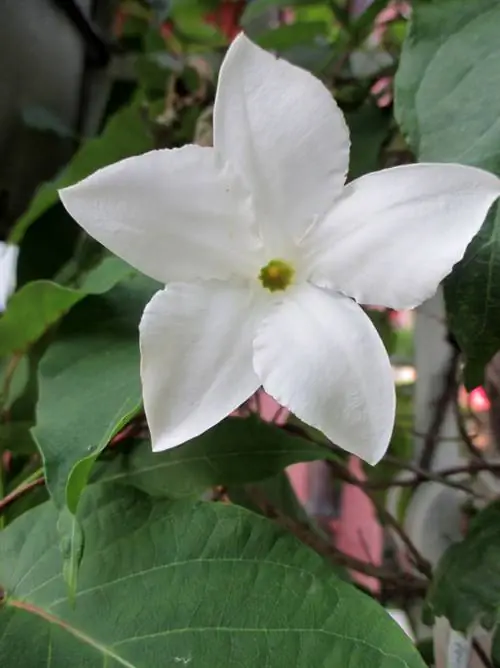
What types of jasmine are there?
Jasmine species include real jasmine (Jasminum) and pipe bushes. Well-known varieties include Jasminum angulare, grandiflorum, mesnyi, officinale, sambac, x stephanense and polyanthum. They vary in flower color, scent, height and winter hardiness. Most real jasmines are suitable as houseplants.
When is it real jasmine?
It is not easy for the layperson to distinguish between the individual species. A good identifying feature is its winter hardiness. Real jasmine is not hardy, all other varieties called jasmine can spend the winter outside.
A clue is the botanical name. If it starts with “Jasminum”, it is real jasmine.
What all real and fake jasmine species have in common is that, if cared for properly, they are perennial and can grow quite old if you rejuvenate them from time to time by cutting them.
Small lists of well-known varieties
| Variety name | Flower color | Scent? | Climbing plant? | Growth height | Special features |
|---|---|---|---|---|---|
| Jasminum angulare | White | sweet | climbing bush | up to 700 centimeters | red buds |
| Jasminum grandiflorum | White | strongly scented | climbing plant | up to 80 centimeters | used for perfumes |
| Jasminum mesnyi | Yellow, half filled | hardly fragrant | creeper | up to 500 centimeters | conditionally frost hardy |
| Jasminum officinale | White | strongly scented | vine plant | up to 500 centimeters | must be tied |
| Jasminum sambac | White | strongly scented | strong tendrils | up to 300 centimeters | doesn't need a cold phase |
| Jasminmum x stephanense | Soft pink | delicate scent | ranks very strongly | up to 350 centimeters | glossy black berries |
| Jasminum polyanthum | White | strongly scented | ranks strongly | up to 300 centimeters | Uses for jasmine oil |
Almost all types of jasmine are suitable for the room
Almost all real jasmines are suitable for growing as houseplants. Most varieties have to be grown on a trellis. Alternatively, plant jasmine in a hanging basket and let the long shoots hang decoratively.
During the winter season, real jasmine needs to move from the living room to a cooler place. During its resting phase, the plant should not be warmer than ten degrees, otherwise it will not bloom again.
Tip
“Jasmine nightshade” (Solanum jasminoides), which belongs to the same family as the gentian bush and comes from Brazil, is often grown in a pot. It is also a non-hardy climbing plant, but unlike real jasmine, it blooms almost all year round.

